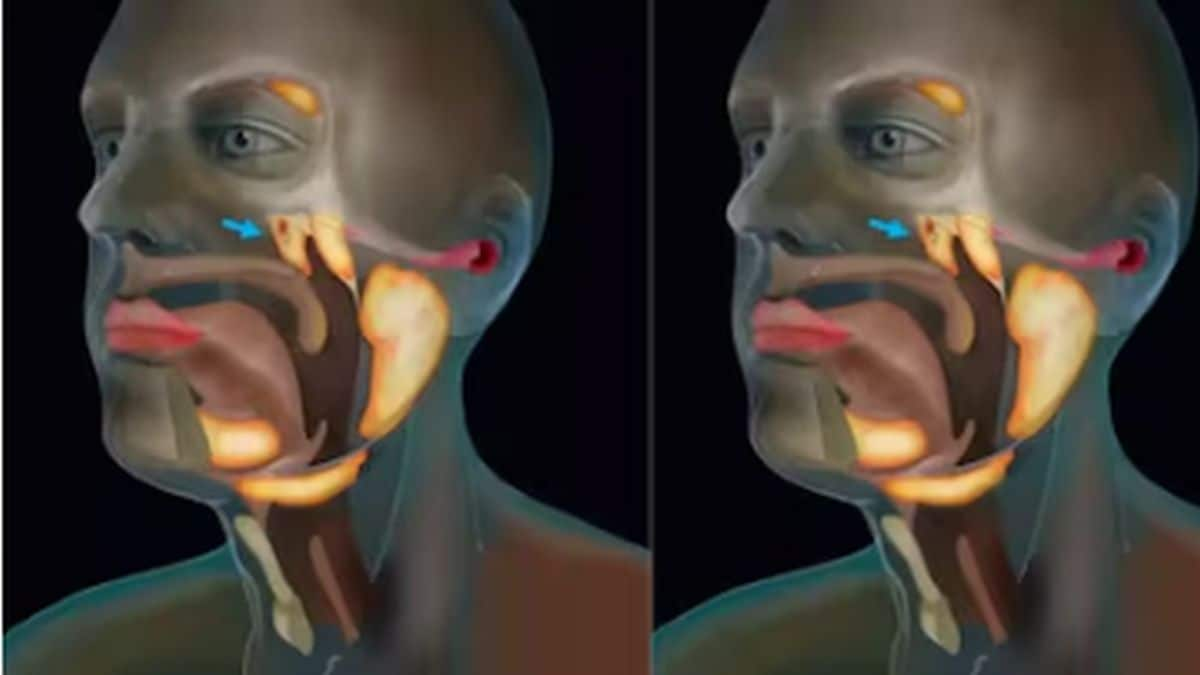Two outbreaks of Nipah virus encephalitis (brain inflammation) were seen the year 2001 and 2007 in the eastern state of West Bengal, bordering Bangladesh. During those outbreaks, 71 cases were reported out of which 20 died. Again in the year 2018, the third outbreak of Nipah virus was seen where 19 cases of Nipah virus were reported in Kerala, out of which 17 people died. [caption id=“attachment_8001561” align=“alignleft” width=“380”]  Representational image. Image source: Getty Images.[/caption] The Nipah virus is a deadly zoonotic virus, that means it spreads from animals to humans. Nipah virus initially caused symptoms like fever, headaches, muscle pain, vomiting and sore throat which were followed by respiratory distress, encephalitis and seizures. The patients were seen slipping into a coma within the first 48 hours after exposure to the virus. There is a similar zoonotic virus (spread from horses to humans) called the Hendra virus which caused severe and fatal respiratory and neurological diseases in both horses and humans. Cases of this virus were first seen in Brisbane, Australia in 1994.
The Henipavirus
Because of their similar characteristics, scientists have fused the names of Nipah virus and Hendra virus together and renamed it ‘henipavirus’. Both of these viruses emerged from large bats commonly called fruit bats or flying foxes. Both of these viruses have been included in the ‘C’ category of the bioterrorism agents, which means that these viruses have high mortality (death) and morbidity (disease) rates. So far no treatment or vaccine has been available for either Nipah virus (NiV) or Hendra virus (HeV).
World’s first antibody treatment for Hendra virus
Scientists have been using different medications like ribavirin (antiviral medication) for the treatment of NiV and HeV, but no effect has been seen. The scientists then re-engineered the antibody to fight against the infection. An antibody is a protein formed by the immune system of the body in response to any foreign infection or body (which is medically called an antigen). In the year 2015, Federal scientists at the Uniformed Services University of the Health Sciences (USU) and the National Cancer Institute (NCI), Australia, discovered a human monoclonal antibody called ‘m102.4’ which could be used for the treatment of Hendra virus. A human monoclonal body is a type of antibody that was made in the laboratory by combining a human antibody with a small part of a rat antibody. This was done so that the rat part of the antibody binds to the targetted infectious antigen, and the human part prevents the destruction of the rat part with the help of the body’s immune system. The m102.4 antibody was the world’s first antibody delivered to humans for the treatment of Hendra virus infection.
Phase-1 human trial
After it was confirmed that m102.4 has the potential to neutralise the infections of NiV and HeV, scientists further started a human trial to investigate its safety, tolerability, movement and absorption in the body, and the ability to trigger the immune system. In a study published in The Lancet, it was stated that Dr Elliott Geoffrey Playford, from the Princess Alexandra Hospital, Brisbane, Australia along with his other researchers, screened 77 healthy adults between March 27, 2015, and June 16, 2016, for this study. Out of these 77, 40 adults within the age of 18 to 50 years and with a body-mass index of 18 to 35 were included in the study. Five groups were made with eight participants each. Out of those eight, six were given m102.4 and two were given placebos. The groups 1 to 4 were given a single dose of m102.4 intravenously but the dosage was different:
- Group 1: 1 mg/kg
- Group 2: 3 mg/kg
- Group 3: 10 mg/kg
- Group 4: 20 mg/kg
The fifth group was given two infusions of m102.4, 20 mg/kg, 72 hours apart. Group 1 to 4 were monitored for 113 days and group 5 was monitored for 123 days.
The conclusion
The scientists concluded that both single and repeated doses were safely tolerated by the body and no reactions were noted. They further added that no immune response activation was seen in the body. This study helped the scientists decide the dose of m102.4 for the future in order to prevent and treat Henipavirus infections. For more information, read our article on Nipah Virus Infection_._ Health articles in Firstpost are written by myUpchar.com, India’s first and biggest resource for verified medical information. At myUpchar, researchers and journalists work with doctors to bring you information on all things health.


)

)
)
)
)
)
)
)
)



